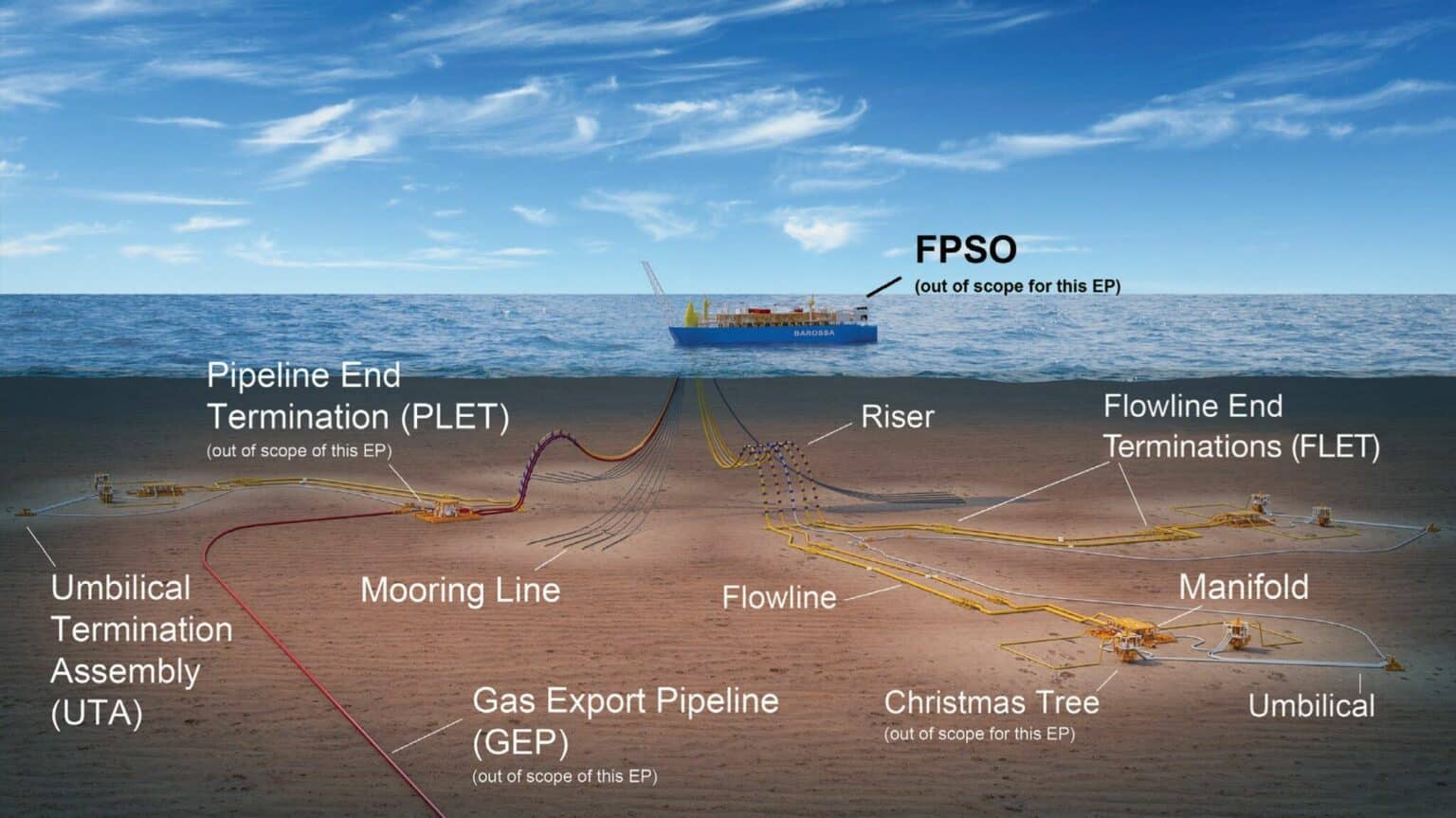Latest update March 23rd, 2025 9:41 AM
Latest News
- ExxonMobil dodges question on whether operations can lead to cancer, other diseases
- Govt., and Opposition MPs a no-show at Exxon’s public meetings on 8th project
- Trump revokes legal status for 530,000 immigrants in the US
- Over 200 affected after fire destroys section of Critchlow Labour College
- Govt. issues order to acquire more land for Gas-to-Energy project
Deepwater decommissioning requires deep pockets – new report
May 04, 2024 ExxonMobil, News, Oil & Gas
– leading deepwater producers to fork out US$27B in 10 years
Kaieteur News – Decommissioning deepwater projects is a highly complex process that requires deep pockets.
Wood Mackenzie in a new report pointed to the challenges associated with decommissioning deepwater projects compared with shallow water facilities.
Decommissioning refers to the plugging of wells and cleanup of the seafloor following oil production activities.
According to Wood Mackenzie, a global provider of data and analytics for the energy transition, deepwater projects have high operating costs even after production ends, and decommissioning requires cutting-edge equipment to access wells, lift subsea equipment and safely remove enormous floating platforms for dismantling or re-use.
Presently, ExxonMobil is operating Guyana’s Stabroek Block, approximately 200 kilometers offshore in water depths of about 1200 meters or more than 4200 feet.
With Exxon and its Co-Venturers already clenching licenses for six deepwater projects, with a string of new discoveries locally, Guyana was highlighted in the report among the giant discoveries of the last decade.
The country must however be wary that it will require deep pockets for meeting its decommissioning obligations.
In fact, Wood Mackenzie pointed out, “Among the highest-cost upstream abandonment plays, leading deepwater countries and operators face up to US$27 billion of decommissioning expenditure (decommex) in the next 10 years.”
Neighbouring Brazil, the US Gulf of Mexico and Angola that holds mature deepwater projects account for 80% of forecast decommex over the next decade, according to the report.
It explained that while decommissioning any offshore project requires significant spend, deepwater brings further challenges compared to shallow-water facilities.
Oil-rich Guyana must also be mindful that a tight deepwater rig market is also ratcheting up decommissioning costs, with rates having doubled over the last five years.
Guyana has already commenced the payment of decommissioning fees, even though the ExxonMobil’s subsidiary and operator of the Stabroek Block, EMGL may abandon the subsea equipment on the seafloor.
ExxonMobil Guyana’s Projects Manager, Anthony Jackson during a public scoping session in February last year for the sixth project- Whiptail- explained that these costs must be deducted even though decommissioning is not a fixed plan.
He outlined, “It’s two things we are paying for, first no matter what, if we do have to decommission the FPSO [Floating Production Storage and Offloading vessel] that is a cost and that is independent of the SURF [subsea umbilicals, risers, and flowlines].”
Jackson said that even if the equipment will be abandoned on the seafloor, at the very least, ExxonMobil must detach the risers which are the equipment that goes from the seabed floor to the surface of the FPSOs. After that is removed, he said the lines will be purged to ensure there is no water, oil or gas left there.
Additionally, he said that the wells must be capped thereby plugging to abandon it, after it has reached its production timeline. It must be sealed to ensure there is no release of hydrocarbons to the environment.
Share this:
- Click to print (Opens in new window)
- Click to email a link to a friend (Opens in new window)
- Click to share on Facebook (Opens in new window)
- Click to share on WhatsApp (Opens in new window)
- Click to share on Twitter (Opens in new window)
- Click to share on Pinterest (Opens in new window)
- Click to share on Pocket (Opens in new window)
- Click to share on Tumblr (Opens in new window)
- Click to share on Reddit (Opens in new window)
- Click to share on LinkedIn (Opens in new window)
Related
Similar Articles

The Glenn Lall Show|| March, 17th, 2025
Follow on Tik Tok @Glennlall
THE BLUNT OF THE DAY

Sports
Mar 23, 2025
Kaieteur Sports- President of Reliance Hustlers Sports Club Trevis Simon has expressed delight for the support of the Youth Programme from First Lady Arya Ali under her National Beautification...Features/Columnists
Teen arrested over uncle’s murder after sharing burial plan with relative
Kaieteur News- A teenager of Tabatinga, Lethem, Central Rupununi, Region Nine was arrested for murder on Friday after he... more
The Caribbean: Destined to Grin and Bear the Consequences of Its Self-Created Vulnerabilities?
By Sir Ronald Sanders For decades, many Caribbean nations have grappled with dependence on a small number of powerful countries... more
Publisher’s Note
Freedom of speech is our core value at Kaieteur News. If the letter/e-mail you sent was not published, and you believe that its contents were not libellous, let us know, please contact us by phone or email.
Feel free to send us your comments and/or criticisms.
Contact: 624-6456; 225-8452; 225-8458; 225-8463; 225-8465; 225-8473 or 225-8491.
Or by Email: [email protected] / [email protected]
Weekend Cartoon
















